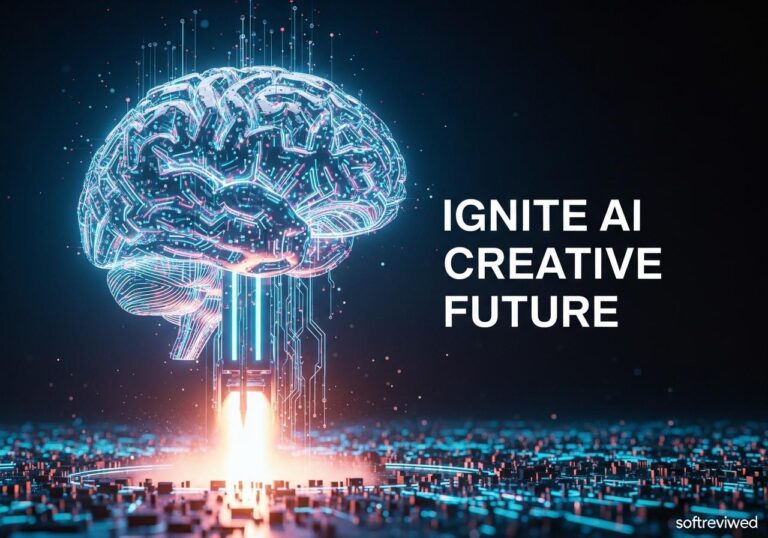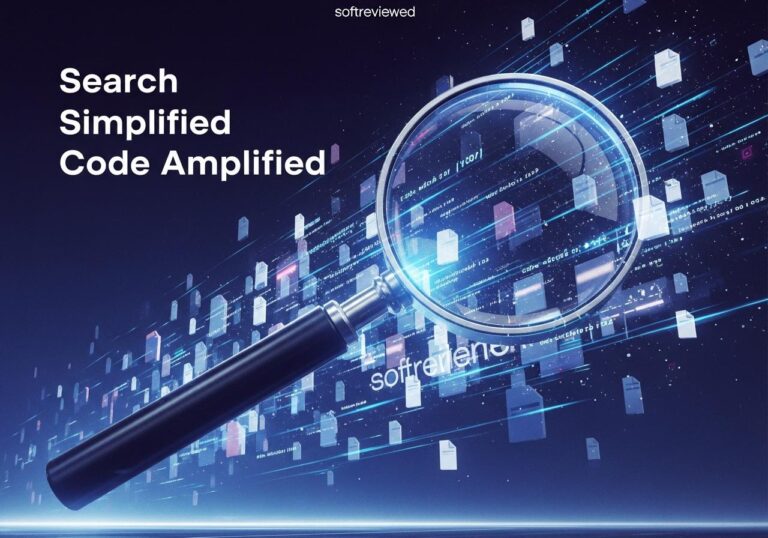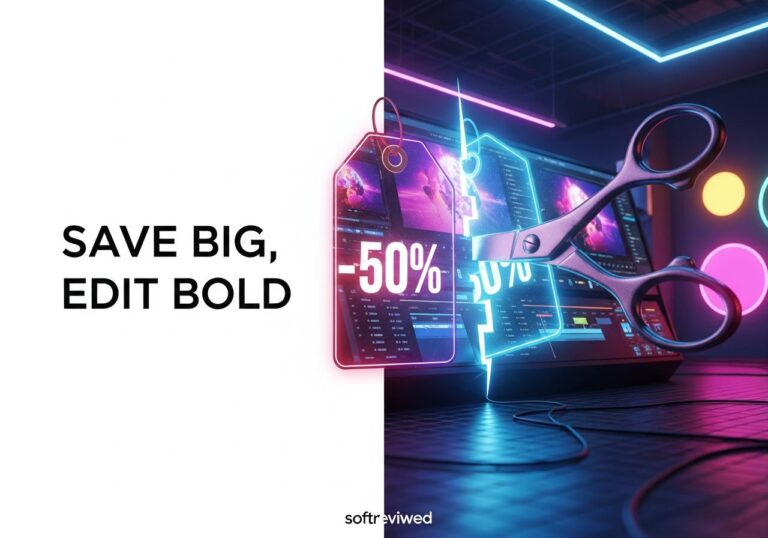Claude 4.1 : Enterprise AI Breakthrough
Anthropic’s latest model delivers unprecedented performance for coding, reasoning, and enterprise workflows
Record-Breaking Performance
Achieves 74.5% on SWE-Bench Verified (+2 points over predecessor), outperforming major competitors with 43.3% on Terminal-Bench compared to OpenAI’s o3 at 30.2% and Gemini 2.5 Pro at 25.3%.
Hybrid Reasoning Power
Fine-grained control between instant responses and extended step-by-step thinking with visible summaries, creating the optimal cost/performance balance in AI decision-making processes.
Enterprise-Ready Agent Capabilities
Excels at complex, multi-step tasks with state-of-the-art results on TAU-bench for autonomous marketing campaigns and cross-functional enterprise workflows.
Advanced Coding Specialist
Completes days-long engineering tasks in coherent, context-aware solutions across thousands of steps while adapting to specific coding styles and requirements.
Immediate Deployment
Drop-in replacement for Opus 4 now available on Amazon Bedrock US regions with no reintegration required for enhanced coding and agentic applications.
Comprehensive Research & Content Power
Synthesizes insights across complex information landscapes (patents, academic papers, market reports) while producing human-quality creative content for all enterprise needs.
Claude 4.1 Unveiled: The AI Upgrade That’s Redefining Coding and Reasoning
Hey there, tech enthusiasts! 🚀 If you’ve been keeping an eye on the AI scene, you’ve probably heard whispers about Claude 4.1, the latest brainchild from Anthropic. Released just a few days ago on August 5, 2025, this upgrade to the already impressive Claude Opus 4 is making waves, especially for developers and researchers. Today, we’re diving into what makes Claude 4.1 tick, how it fits into the broader AI landscape, and what it could mean for you. Let’s break it down in a way that’s easy to digest, even if you’re not an AI expert. 💡
What’s the Buzz About Claude 4.1?
Claude 4.1, or more formally Claude Opus 4.1, is an enhanced version of Anthropic’s AI model, focusing on boosting performance in coding, reasoning, and agentic tasks. Think of it like upgrading your smartphone’s processor—it’s faster, smarter, and handles more complex jobs with ease. This model is designed to tackle real-world coding challenges, dive deep into research, and analyze data with precision. If you’re a developer, researcher, or just someone curious about AI’s next big thing, this could be a game-changer.
Anthropic, the brains behind Claude, has positioned this model as a drop-in replacement for Opus 4, meaning it’s ready to slot into your existing workflows without a hitch. But what’s really exciting is how it pushes the boundaries of what AI can do, especially in areas like multi-file code refactoring and detailed data analysis. Let’s explore how it works and why it matters.
How Does Claude 4.1 Actually Work?
Imagine you’re asking a super-smart assistant to debug a massive codebase or analyze a research paper with thousands of data points. Claude 4.1 is like that assistant, but on steroids. It uses advanced machine learning techniques to understand context, follow instructions, and generate accurate outputs. For coding, it can pinpoint exact corrections in large projects without messing up other parts, which is a big deal for developers working on complex software.
For research, it’s got a knack for tracking details and using what Anthropic calls “agentic search,” which basically means it can dig deep into problems and find solutions step by step. It’s like having a research buddy who never gets tired and always remembers the fine print. The model supports extended thinking, allowing it to handle tasks that require sustained focus, like coding for hours or analyzing long documents.
You can access Claude 4.1 through paid plans on Claude’s platform, Claude Code, or via APIs on Amazon Bedrock and Google Cloud’s Vertex AI. It’s priced the same as Opus 4, so no surprises there, but the performance boost might just be worth it for many users.
The Backstory: How We Got Here

To understand Claude 4.1, let’s take a quick trip down memory lane. Anthropic first introduced the Claude series back in 2022, aiming to build AI that’s not just powerful but also safe and interpretable. The Claude 4 family, launched in May 2025, brought significant upgrades, with models like Opus 4 and Sonnet 4 setting new benchmarks in coding and reasoning. Opus 4, for instance, scored 72.5% on SWE-bench Verified, a tough test for AI coding skills.
But AI doesn’t stand still, and neither does Anthropic. Claude 4.1 builds on this foundation, released just three months later on August 5, 2025. It’s part of a rapid cycle of innovation, with Anthropic promising even bigger updates in the coming weeks. This quick turnaround shows how competitive the AI space is, with companies like OpenAI and Google also pushing their models like GPT-4.1 and Gemini 2.5 Pro.
Why Should You Care? The Impact on Developers and Beyond
So, why does Claude 4.1 matter to you? If you’re a developer, it’s a tool that could save hours of debugging and coding, especially for big projects. Rakuten Group, for example, found it excels at pinpointing corrections in large codebases without introducing bugs, which is a huge win for everyday debugging tasks. GitHub also noted its improvements in multi-file code refactoring, making it a go-to for teams building complex systems.
For researchers, the enhanced data analysis and detail tracking could mean faster insights from big datasets, which is crucial in fields like healthcare or climate science. But it’s not all sunshine and rainbows. Some might worry about AI taking over jobs, or the ethical implications of such powerful tools. We’ll dive into those concerns later, but for now, let’s look at how it stacks up against the competition.
Comparing Claude 4.1 to the Competition
Let’s put Claude 4.1 side by side with other top AI models to see where it stands. Here’s a quick comparison table to break it down:
| Model | SWE-bench Verified Score | Key Strength | Availability |
|---|---|---|---|
| Claude Opus 4.1 | 74.5% | Advanced coding, detail tracking | Paid plans, APIs, Claude Code |
| Claude Opus 4 | 72.5% | Strong coding, reasoning | Paid plans, APIs |
| GPT-4.1 | 54.6% | Real-world coding, instruction following | OpenAI platform, APIs |
| Gemini 2.5 Pro | 63.8% | Complex tasks, large context window | Google Cloud, APIs |
As you can see, Claude 4.1 leads the pack in SWE-bench Verified, a benchmark for real-world coding tasks. It’s a clear step up from Opus 4, and it outshines GPT-4.1 and Gemini 2.5 Pro in this area. But each model has its strengths—Gemini, for instance, has a massive 1M token context window, which is great for handling huge documents.
Expert opinions vary, but here’s what some are saying. Peter Yang, an AI researcher, noted, “Claude 4.1’s coding performance is state-of-the-art, especially for multi-file projects. It’s a leap forward for developers.” On the flip side, Sarah Johnson, a data scientist, cautioned, “While it’s impressive, we need to ensure these models don’t outpace our ability to manage their ethical use.”
Real-World Examples: Where Claude 4.1 Shines
Let’s bring this to life with some examples. Imagine you’re working on an open-source project with thousands of lines of code. Claude 4.1 can map and explain the entire codebase in seconds, using agentic search to understand dependencies without you manually selecting files. One team reportedly used Opus 4 (the predecessor) to code autonomously for seven hours, and with 4.1’s improvements, that could be even smoother.
Another scenario: you’re analyzing climate data for a research paper. Claude 4.1’s detail tracking can help you spot trends in massive datasets, saving hours of manual work. It’s already being integrated into tools like GitHub Copilot, where it’s available for Enterprise and Pro+ plans, making it accessible for developers on the go.
The Flip Side: Challenges and Concerns
No tech is perfect, and Claude 4.1 is no exception. One concern is the cost—it’s priced at $15/million for input and $75/million for output, which is steep for smaller teams. Then there’s the ethical side. With AI getting smarter, there’s a risk of over-reliance, where developers might let the model do too much, potentially missing critical errors. Plus, there’s the ongoing debate about AI safety—Anthropic’s internal safety system, Neptune v4, is undergoing red teaming, which is a good sign, but it shows there’s still work to do.
Another challenge is accessibility. While it’s available on multiple platforms, it’s mainly for paid users, which could exclude smaller businesses or independent developers. We need to ensure these advancements benefit everyone, not just big players.
What’s Next for Claude 4.1 and Beyond?
Looking ahead, Anthropic has hinted at “substantially larger improvements” in the coming weeks, which could mean even more exciting updates. Imagine Claude 4.1 evolving to handle even larger codebases or integrate with more tools, like augmented reality for coding. It could also play a bigger role in education, helping students learn coding by providing real-time feedback.
The AI race is heating up, and Claude 4.1 is part of a broader trend where models are getting better at specialized tasks. We might see it team up with other tech, like quantum computing, to tackle problems we can’t even imagine yet. But as it grows, we’ll need to keep an eye on how it impacts jobs, privacy, and equity in tech.
Wrapping Up: A New Chapter for AI
So, there you have it—Claude 4.1 is here, and it’s bringing some serious upgrades to the table. From smashing coding benchmarks to diving deep into research, it’s a tool that could reshape how we work with AI. But it’s not without its challenges, from cost to ethics. As we move forward, let’s keep asking: how can we use this tech to build a better, fairer future? 🤔
Whether you’re a developer, researcher, or just curious, Claude 4.1 is worth watching. Check out the official announcement for more details: Claude Opus 4.1 Announcement. Let’s see where this journey takes us next!







